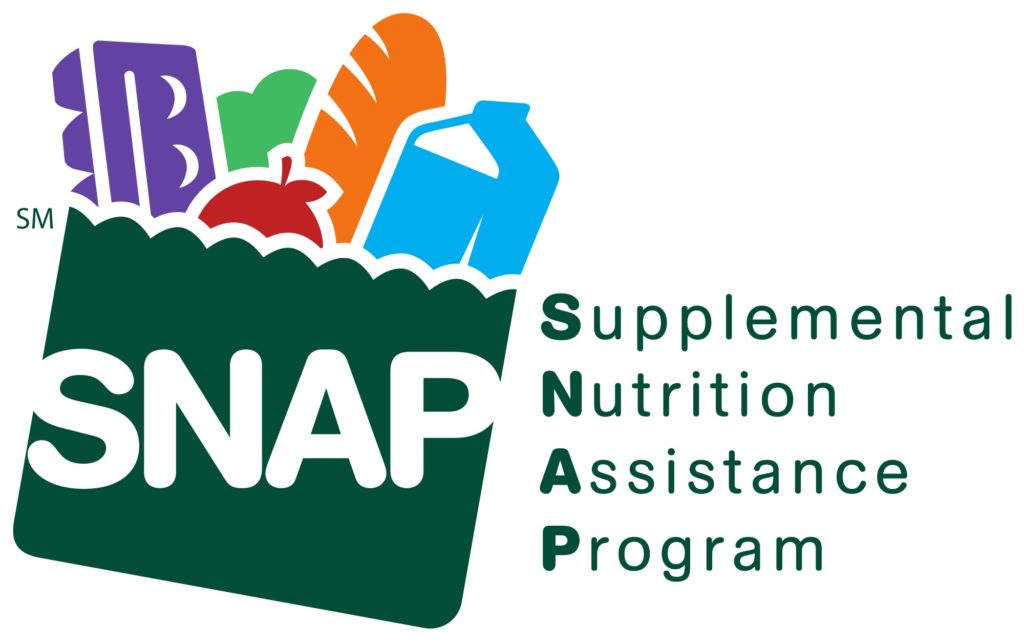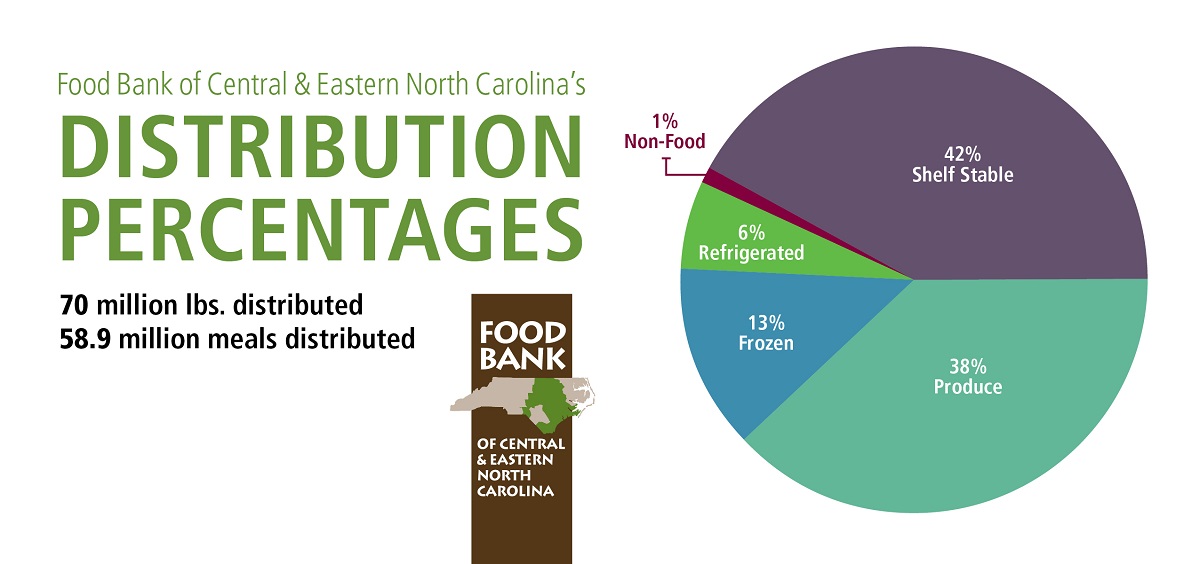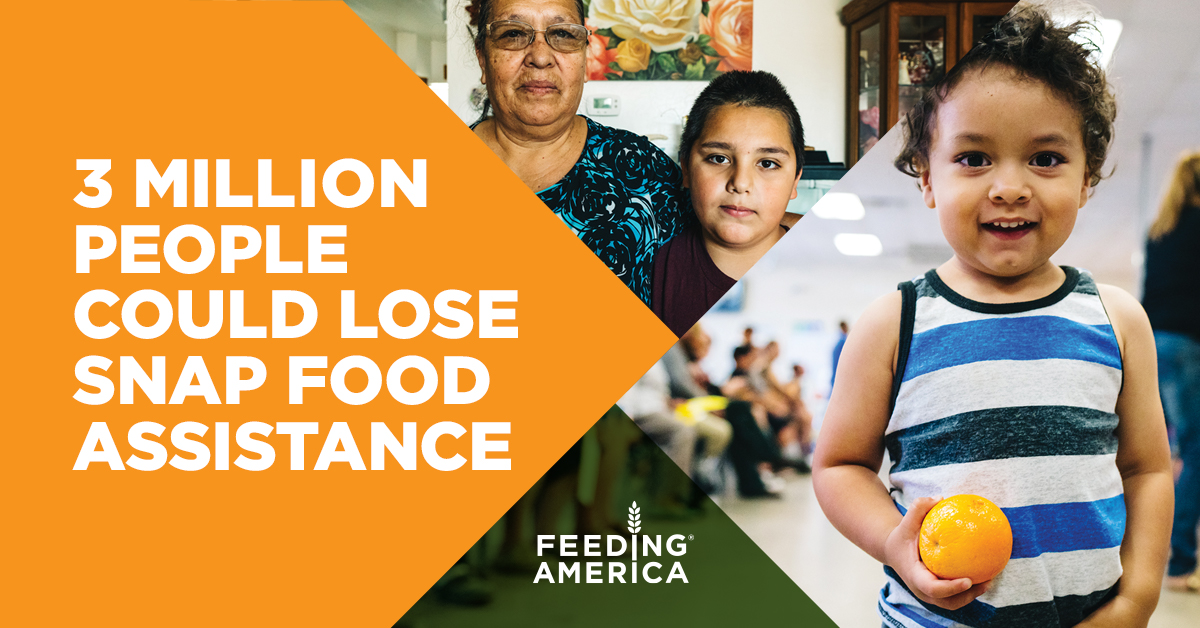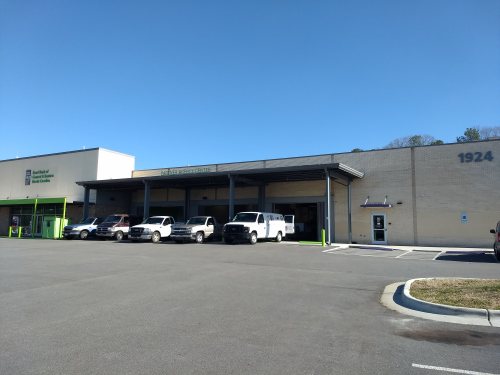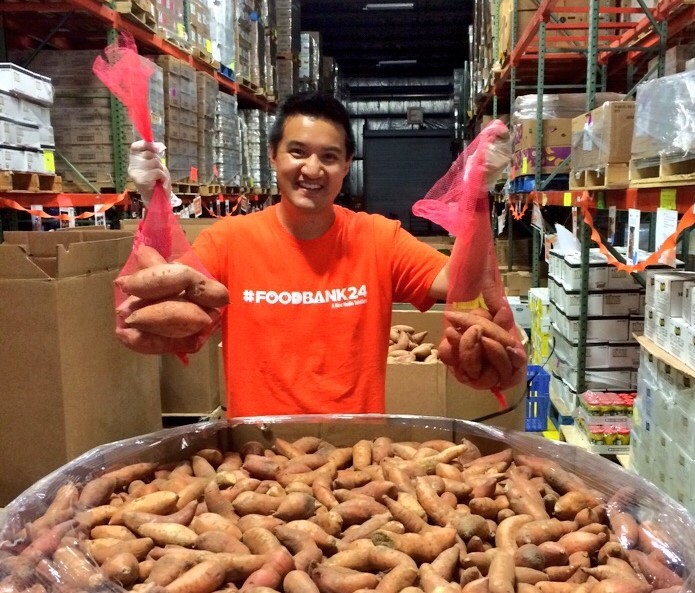By Matt Kopac │Guest Blogger Food Bank CENC
During this season of gratitude, I undertook the SNAP Benefits Challenge to reflect upon the reality of food insecurity and the importance of organizations like the Food Bank of Central & Eastern North Carolina in preventing hunger in our community. For three weeks I fed myself with only a few dollars each day, just as so many of our food-insecure neighbors try to do week in and week out.
The Supplemental Nutrition Assistance Program (SNAP*), formerly known as food stamps, is a federal program providing support to low-income, low asset people facing extreme food insecurity. A single person would be eligible for SNAP if they made no more than $7.50/hour – less than $16,000/year. North Carolina’s minimum wage is $7.25/hour. Many households in NC can only keep their cupboards from going bare through a combination of their income, SNAP, and support from nonprofits like the Food Bank. For people above the minimum income and asset threshold, the Food Bank might be their sole supplemental resource to ensure there is food on the table for every meal.
For the SNAP Challenge, I estimated that I would be eligible for approximately $32.95/week or $4.70/day as a single person. I allowed myself to take vitamins and drink tea due to a persistent sore throat. Otherwise, I kept to a pretty strict budget. For example, I did not accept food or drink from anyone and did not eat food available in the office.
Lessons learned
During the three weeks I undertook the challenge, I learned many lessons about making ends meet on such a tight budget:
- The store matters. My best option had low-priced value brands and a good selection. The one time I tried another low-budget store, it drove up my costs on some items by as much as 100%.
- I couldn’t shop in a hurry because there are trade-offs, such as “I can get cheese but then I have to give up butter.”
- I had to do a lot of math to make it all work, and I still made mistakes, including when trying to estimate taxes at the end.
- I couldn’t make any impulse buys. Every penny mattered.
- I ate a lot less fresh fruits and veggies than I normally do and a lot more dry and canned goods.
- Deals and discounts matter a lot (Buy-one/Get-one on cheese was my best friend in week 1).
- Allergies are a lot harder to manage on a budget, and preferences such as buying organic are virtually impossible.
- When I was active or worked out, I was hungrier but couldn’t get more food.
- Small fluctuations in food prices matter a lot for low or fixed incomes.
- Eating out or buying food for others was virtually impossible. I ate out once (rice and beans) and it was at least the cost of a day’s worth of food. I had to make tradeoffs with other parts of my diet to allow for this.
First wkly food bill was $39 instead of $32, which I will need to make up with some bulk items & by forgoing other items… #SNAPChallenge 4/4 pic.twitter.com/fJIeMzQiQO
— Matt Kopac (@mattkopac) November 4, 2017
Why the Food Bank matters
I found when I faced multiple stressors on my budget, I could get into trouble pretty quickly. In week 2, as a result of more expensive prices, I had to eat peanut butter and crackers for a couple meals late in the week.
One thing I did not do was take advantage of the Food Bank, which serves more than 600,000 food insecure people in their 34-county service area. If I had, my razor-thin margin for error would have relaxed a bit, and I would have eaten more nutritious meals. The Food Bank actually collects and distributes significant amounts of perishable food, such as fruits and veggies 38%, frozen meats 13%, and refrigerated dairy 6%.
Finally, if my food stress had been real rather than the result of the SNAP Challenge, there would have been a significant psychological benefit to knowing the Food Bank was there. Ultimately, it’s not just food that the Food Bank provides, but nutrition and security as well.
*Editor’s Note: SNAP is the national name for “food stamps.” In North Carolina, the SNAP program is also called FNS.
 Matt Kopac is the Sustainable Business & Innovation Manager at Burt’s Bees. He is a champion of people, community, the environment, and enterprise. Matt and his family live in Durham, North Carolina.
Matt Kopac is the Sustainable Business & Innovation Manager at Burt’s Bees. He is a champion of people, community, the environment, and enterprise. Matt and his family live in Durham, North Carolina.


